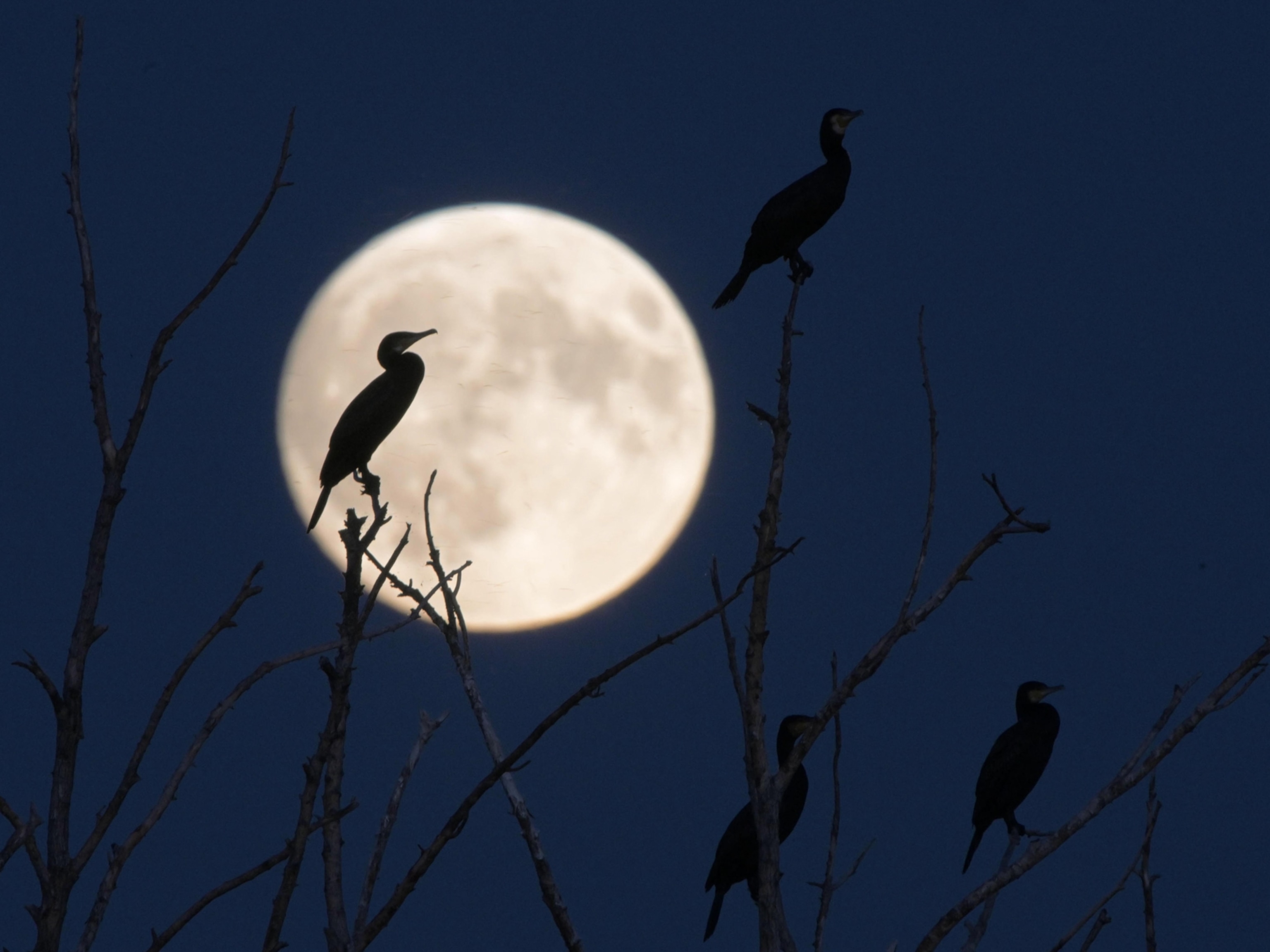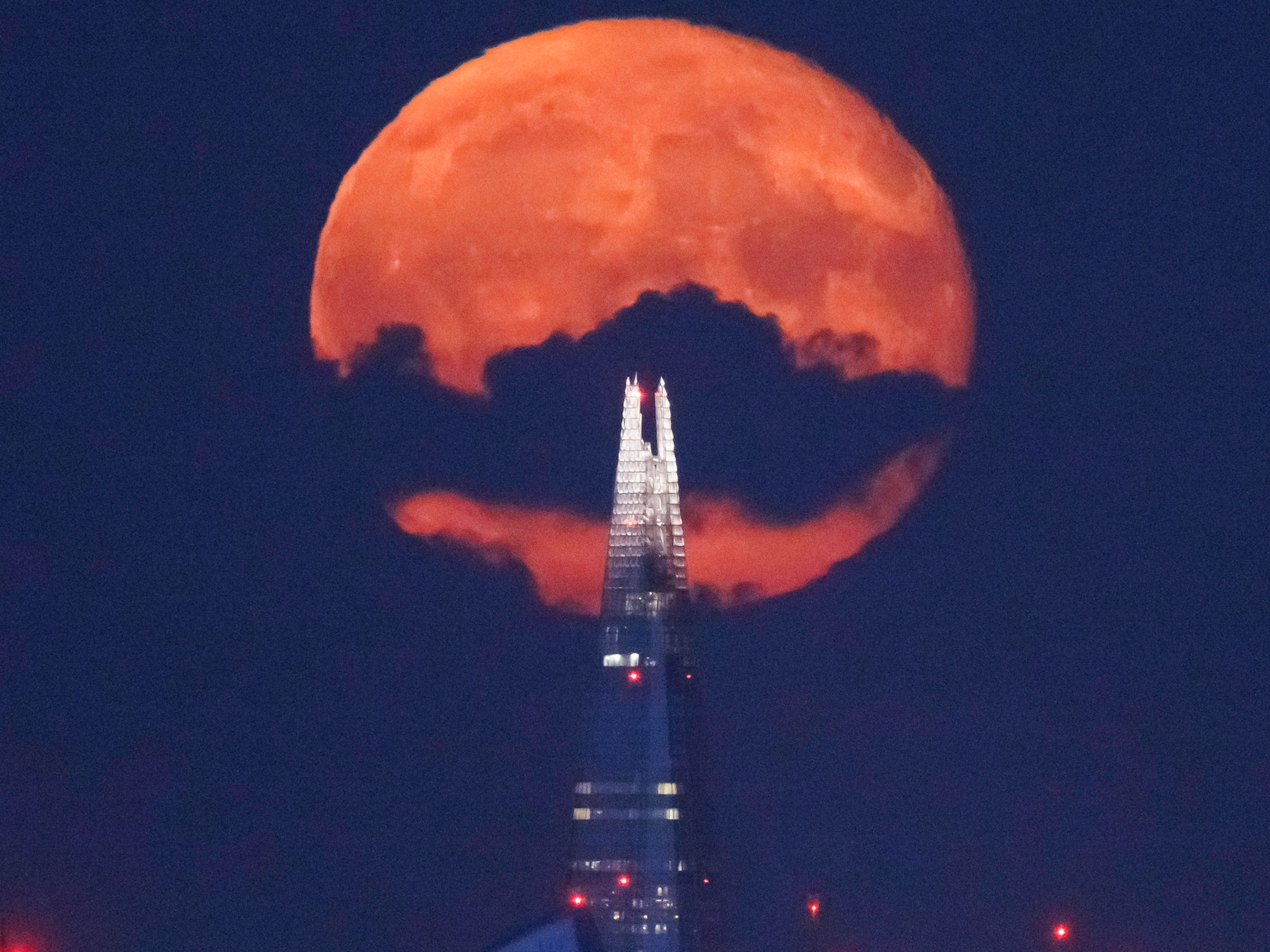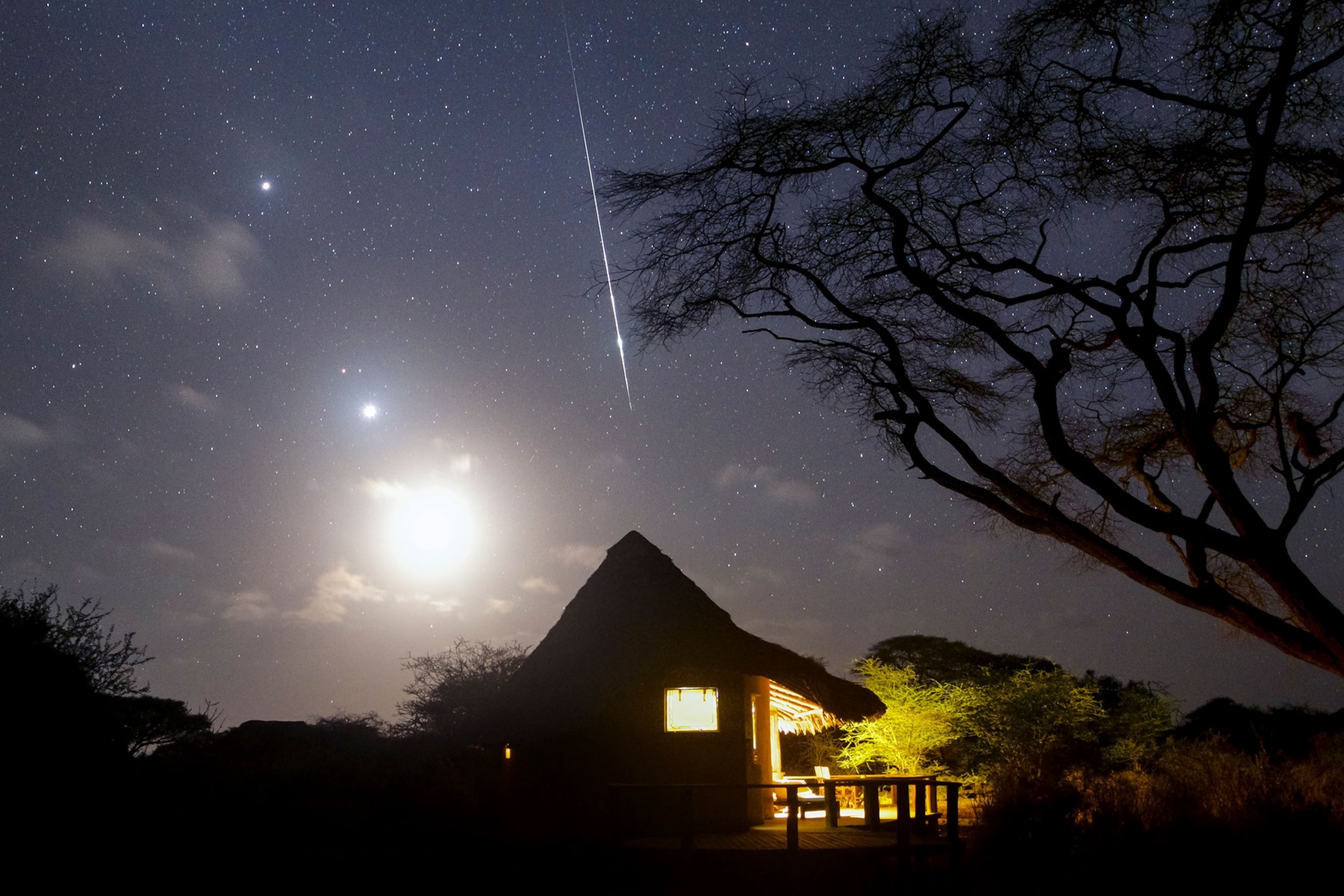
Trio of Meteor Showers and More Can’t-Miss Sky Events in November
Shooting stars and an easy-to-spot pair of planets are great ways to enjoy the night sky this month.
November is jam-packed with sky-watching delights, from a trio of meteor sprinkles to a celestial close encounter featuring two of the brightest planets visible in the entire sky.
So dust off those binoculars, and mark your November calendar!
Venus and Spica—November 2
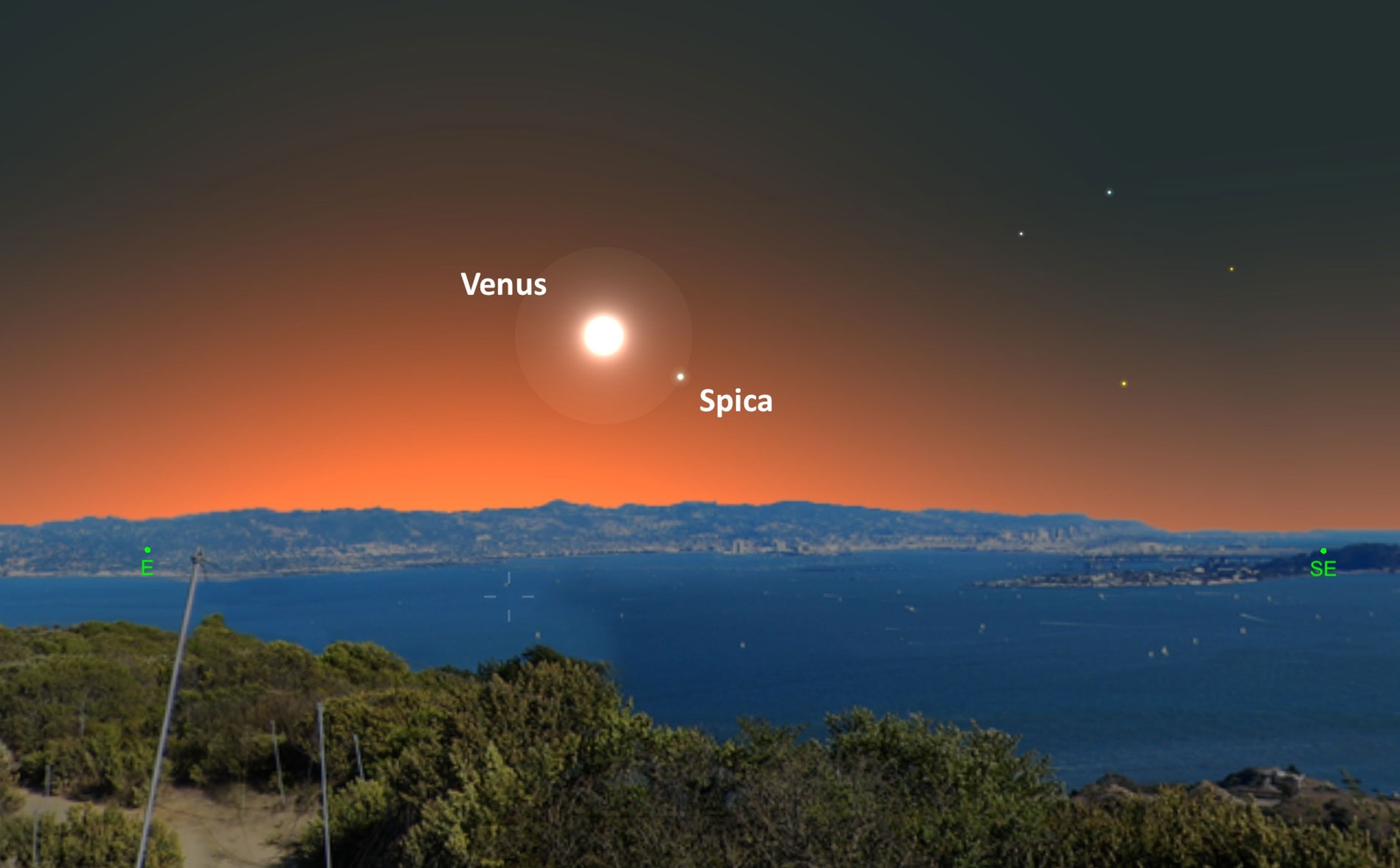
Early risers looking towards the eastern sky about an hour before local sunrise can catch sight of two very bright white stars huddled together close to the horizon.
The brighter spot is the planet Venus, sitting just 13 light-minutes from Earth, while its stellar companion is the 250-light-year-away star Spica. It’s important to remember that Venus appears so bright because of its relative proximity to Earth and its highly reflective clouds that enshroud the entire planet.
South Taurid Meteor Shower—November 4 and 5
The Taurid meteor showers are divided into two distinct streams that do not have well-defined peak activity times, and actually overlap across the entire month of November. Though each shower has only five to seven shooting stars visible per hour around the peak dates, these showers are known to produce very bright fireballs, so patient sky-watchers can get a big surprise.
First up is the South Taurid shower, which intensifies in the hours right after local midnight on both November 4 and 5. The individual meteors tend to be slow-moving and appear to radiate out from the constellation Taurus, the bull, which rises late on nights this time of year.
Moon and a Bull’s Eye—November 5
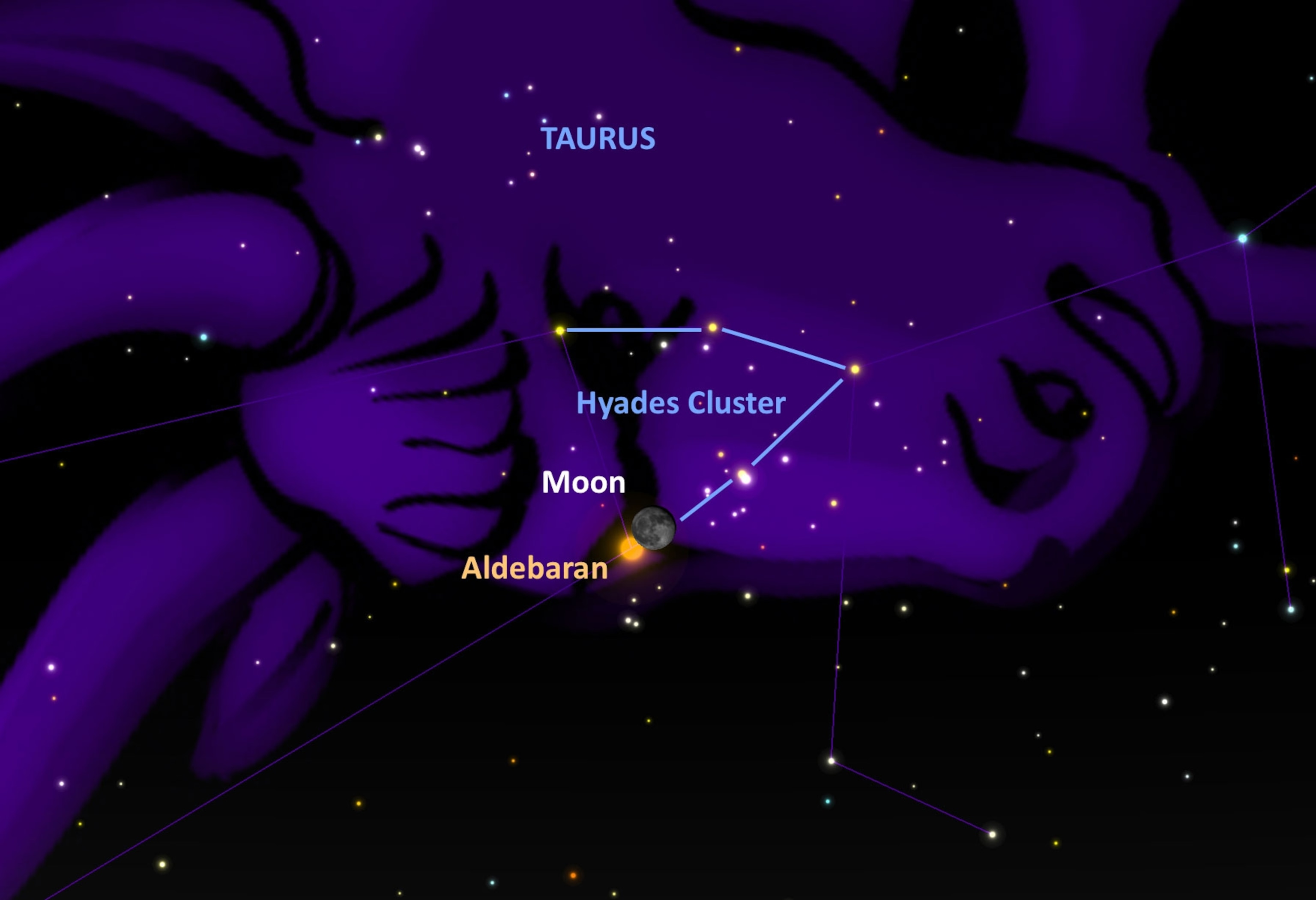
On this night, the waning gibbous moon will be rising near local midnight in the eastern sky, where it will glide through the constellation Taurus, the bull. That path will bring the moon near the bright orange star Aldebaran, which marks the eye of the mythical bull. Using binoculars to cut through the nearby moon’s glare, see if you can spot the Hyades star cluster just to the right of the moon and Aldebaran. This tight V-shaped gathering of stars lies about 150 light-years from Earth. While only about a dozen stars within the Hyades cluster can be spotted with the naked eye on a dark moonless night, there are actually hundreds of members of this grouping.

North Taurid Meteor Shower—November 12
Also in the early morning hours starting after local midnight, look for the second stream of meteors radiating out from the Taurus constellation.
Called the North Taurid Shower, this sky show should send out about a half dozen shooting stars per hour. Remember to be on the look out for unusually bright meteors, too, known as fireballs.
Venus and Jupiter Close Encounter—November 13

Skywatchers should set their alarms for an hour before local sunrise this morning to catch sight of the finest planetary conjunction for all of 2017. This super-close meetup will happen between two of the brightest planets that the human eye can see in the night sky, Venus and Jupiter.
The two worlds will be hanging very low in the eastern sky and will be separated by only 0.3 degrees — less than the width of the full moon’s disk. If you train even the smallest of telescopes on this cosmic duo, you will be able to spy both planets in a single field of view, with Jupiter appearing three times larger than Venus.
Leonid Meteor Shower Peaks—November 17

Look up late at night on the 16th and into the early morning hours of the 17th for a flurry of shooting stars during the peak of the annual Leonid meteor shower. With a moonless, dark sky, the best views will be in the early morning hours of the 16th, with as many as 10 to 20 shooting stars an hour visible from the dark countryside.
Individual meteors will appear to originate from the shower’s namesake constellation, Leo, which rises in the east in the predawn hours this time of the year. As with all meteor showers, there’s no need to use binoculars or telescopes. Just make sure you dress warmly and sit back comfortably in a location with clear views of the overhead skies.
Moon and Saturn—November 20
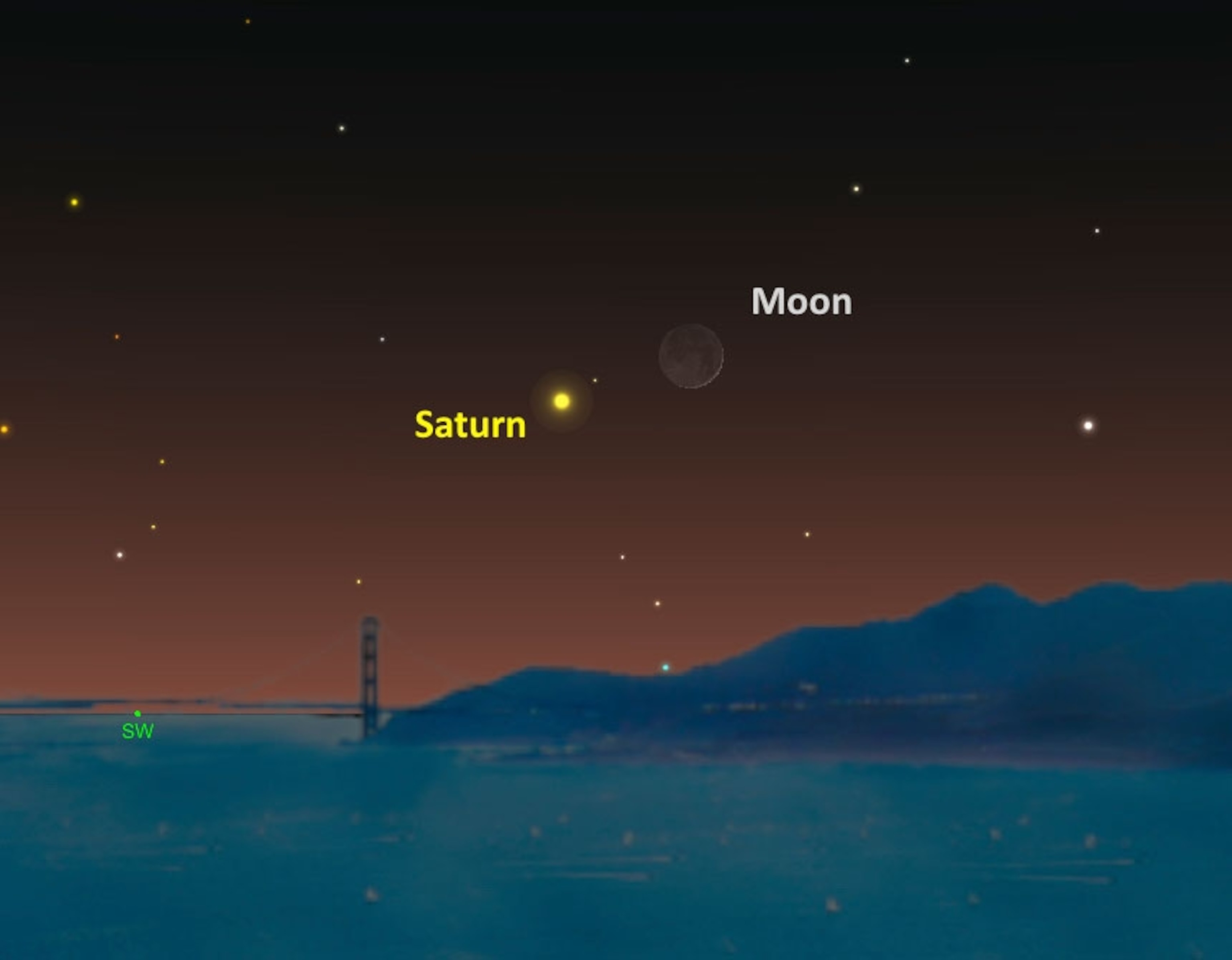
As an observing challenge, sky-watchers should try to hunt down the razor-thin crescent moon hanging above the planet Saturn. Look low in the south-western sky soon after sunset, using binoculars to scan the area to the upper right of Saturn.
You can start looking right after sunset, and see how soon you can glimpse the moon in the sunset’s glare.
Mars and Spica—November 29
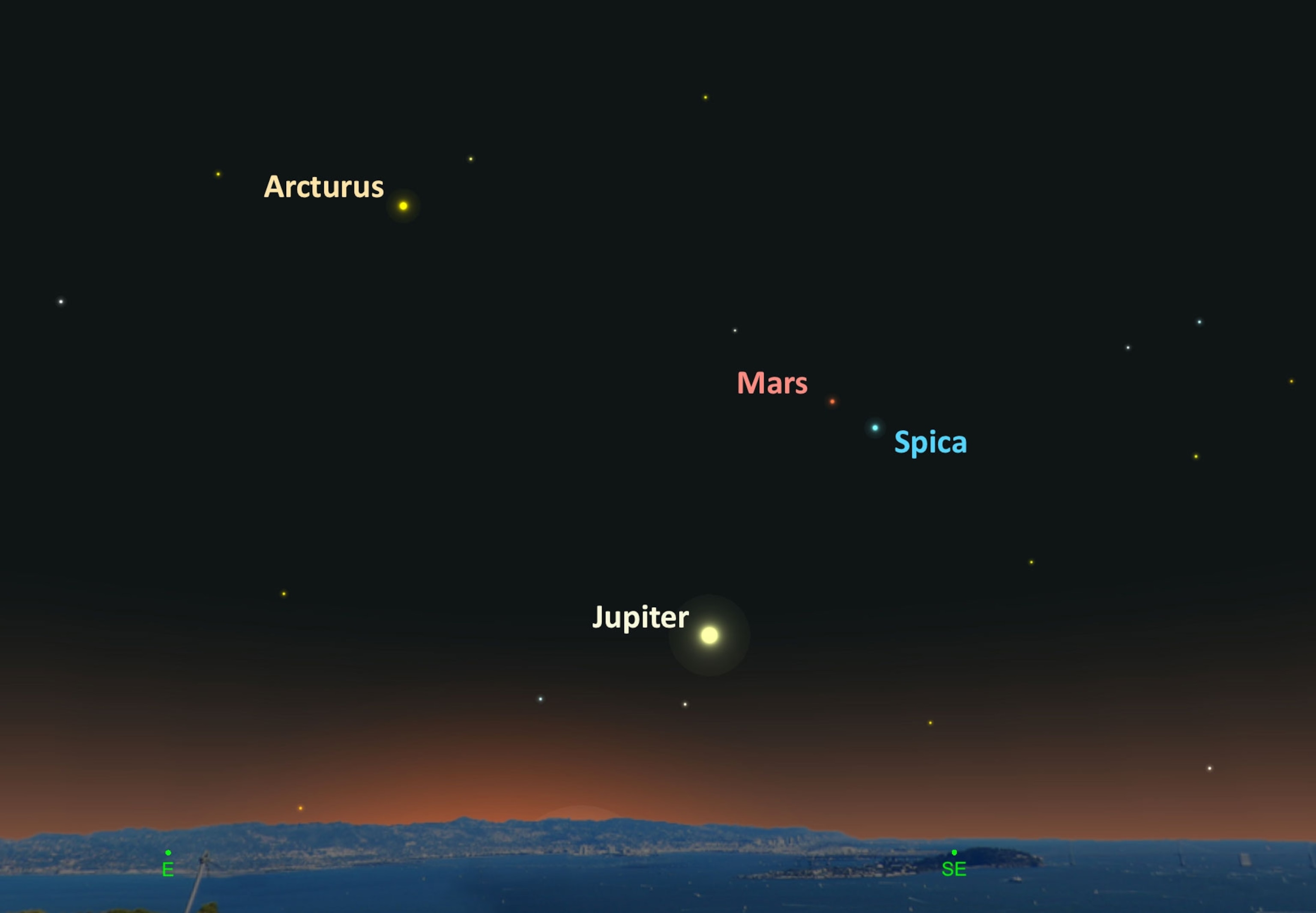
Just before your local dawn, look for the orange-hued Mars to make a stunning pair with the distinctly bluish-tinged star Spica high in the southeastern sky.
Meanwhile, Jupiter will be hanging below the pair, and yellow-colored star Arcturus will be perched above and to the left of them.
Clear skies!
Andrew Fazekas, the Night Sky Guy, is the author of Star Trek: The Official Guide to Our Universe and host of NG Live! Mankind to Mars presentations. Follow him on Twitter, Facebook, and his website.


